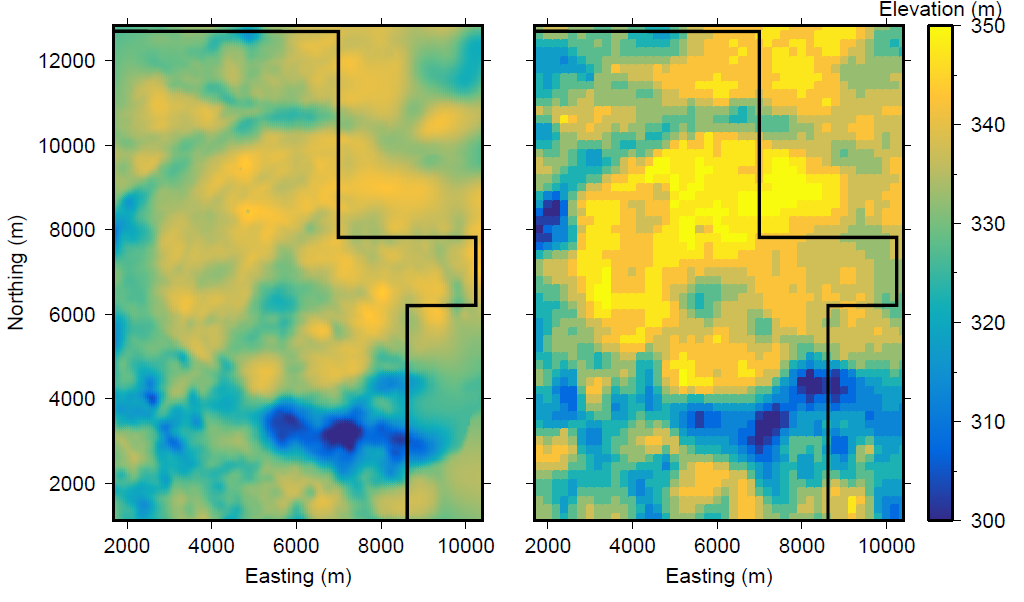Aspen
From exploration to reclamation: Using EM methods at SAGD sites in the Athabasca oil sands
Authors: Sarah G. R. Devriese and Douglas Oldenburg
Editors: Sarah G. R. Devriese
Prelude
This case history follows the use of airborne EM to characterize the background geology of the Athabasca oil sands, where Steam Assisted Gravity Drainage will be performed in the future.
Special Thanks
Thanks to the Society of Exploration Geophysicists for permission to reproduce figures and adapt text from:
Sarah Devriese and Douglas Oldenburg (2016) From exploration to reclamation: Using EM methods at SAGD sites in the Athabasca oil sands. SEG Technical Program Expanded Abstracts 2016: pp. 965-970. https://doi.org/10.1190/segam2016-13842507.1
The material presented here has been modified from the SEG-published version and is subject to the SEG terms of use and conditions. This case history was presented as a part of the SEG 2017 Distinguished Instructor Short Course.
Abstract
Electromagnetic surveys can be collected in the air, on the surface, and in boreholes, covering different scales and allowing different targets to be imaged. These methods are sensitive to electrical resistivity, which varies as geologic formations change. In this case history, airborne EM is used to characterize the background geology of the Athabasca oil sands where Steam Assisted Gravity Drainage is planned for the future. The readers can anticipate to learn the following:
How EM can be applied to heavy oil studies
Airborne EM acquisition system and airborne data
Limitations of different EM surveys

Citations
[DO16b] : From exploration to reclamation: Using EM methods at SAGD sites in the Athabasca oil sands